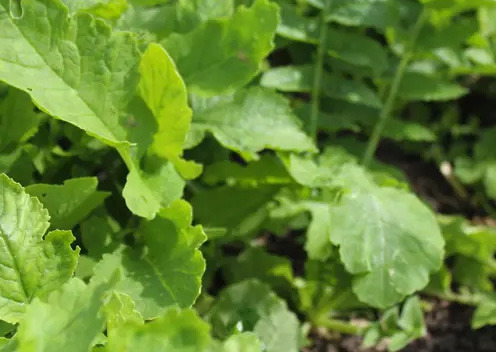Cover crops are a typical part of area farmer’s planting practices. Planting cover crops is recommended after fall harvest and least 45–60 days before the first frost.
The insurmountable benefits that cover crops provide fields are an essential tool for sustainable agriculture. They can help increase yields for future crops. The plants root systems help with soil erosion year-,round. Soil fertility is increased by soil organic matter and with a legume cover crop nitrogen is added to the soil. During unpredictable weather and changing climates, cover crops make the soil more resilient and improve moisture. Weed suppression, pest infestation, and diseases lessen with cover crops. Nutrients are replenished in the soil and CO2 is removed from the atmosphere from cover crop planting.
In order for cover crops to succeed or survive Nebraska winters, they must be well-adapted to potentially harsh conditions.
When selecting crops for fields and planting practices, there are a few things to keep in mind: cool season vs warm season crops, overwintering vs winterkill and, type of crop family including grasses, brassicas, legumes, and other broadleaves.
Successful cover crops in Nebraska are usually a cereal grain or a legume variety. Winter rye is a fairly low-cost crop. It helps water and nutrients absorb deep into the soil. Oats and turnips can be planted early after harvested crops. Buckwheat, red clover, vetch, beans, daikon radish, and mustards can be seen in Nebraska as cover crops. When purchasing cover crop seed, be sure to select a knowledgeable company to assist with planting needs.



